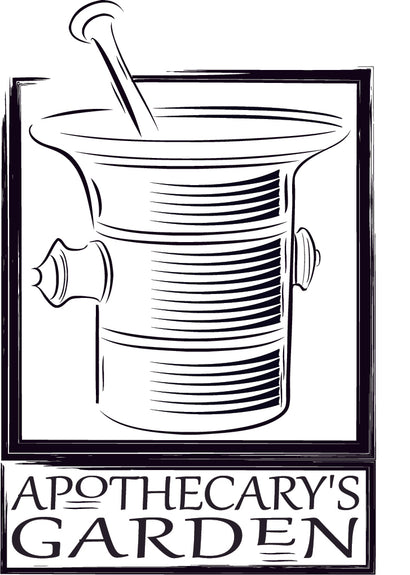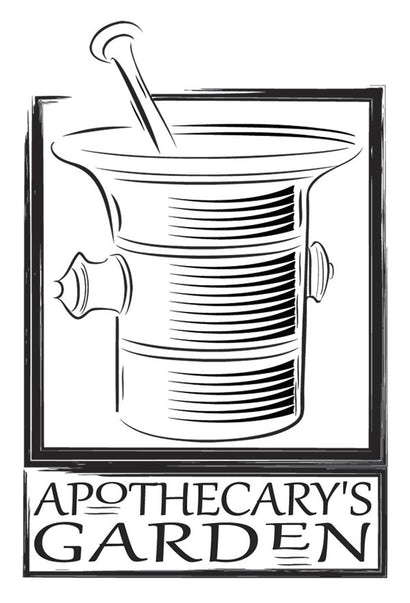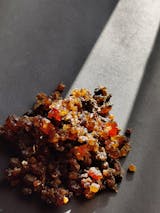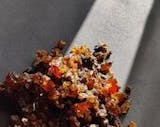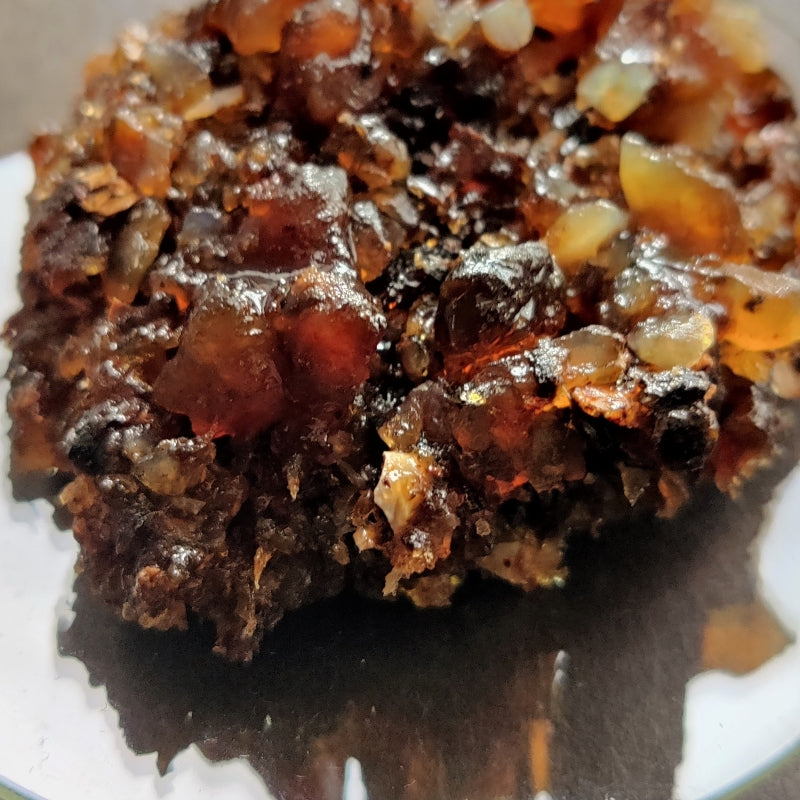

Gum Guggul-Bdellium
Fresh Gum Guggul oleoresin. Commiphora wightii, Bdellium-India. Also called Commiphora mukul, Guggul
Gum Gugul does not have a strong aroma, which is simply the material's nature. It has a sweeter and more neutral scent than Myrrh and scented Myrrh.
I have added this material to the shop because customers have requested it, and to round off the shop's Myrrh collection. The quality is good, but I have no idea how or exactly where it was collected (except that it is from India). Thus I cannot say whether it was harvested sustainably or fairly traded, which irks me a bit.
That said, I will have a shipment of Gum Guggul soon from Oman. The local tribes collect it, and the seller has a close connection and relationship with the harvesters.
I look forward to sharing more information about the new material with my customers when it is listed.
Along with Frankincense, Myrrh is probably one of the most well-known natural oleoresins in the world. Famous for its use since biblical times as medicine, fragrance and incense, Myrrh has long been valued for its many medicinal applications and has been, at times, worth its weight in gold.
The name Myrrh is rooted in The Aramaic word for bitter. Mar, Mor. It lives up to its name with a wonderfully rich, sweet, stimulating bitterness. Some associate this with the names Mary, Miriam, Mariam, and believe it to mean the bitter of the sea, the froth of the sea. (Sometimes associated with the Goddess Astarte, Ashtoreth). Either way, Myrrh is considered to be of a feminine nature, which is appropriate since Myrrh is ruled astrologically by the Moon and has an affinity with the fluid systems of our body. ( Frankincense is ruled by the Sun).
Materials: Fresh Myrrh resin, Gum Guggul, Commiphora mukul, Bdellium.
